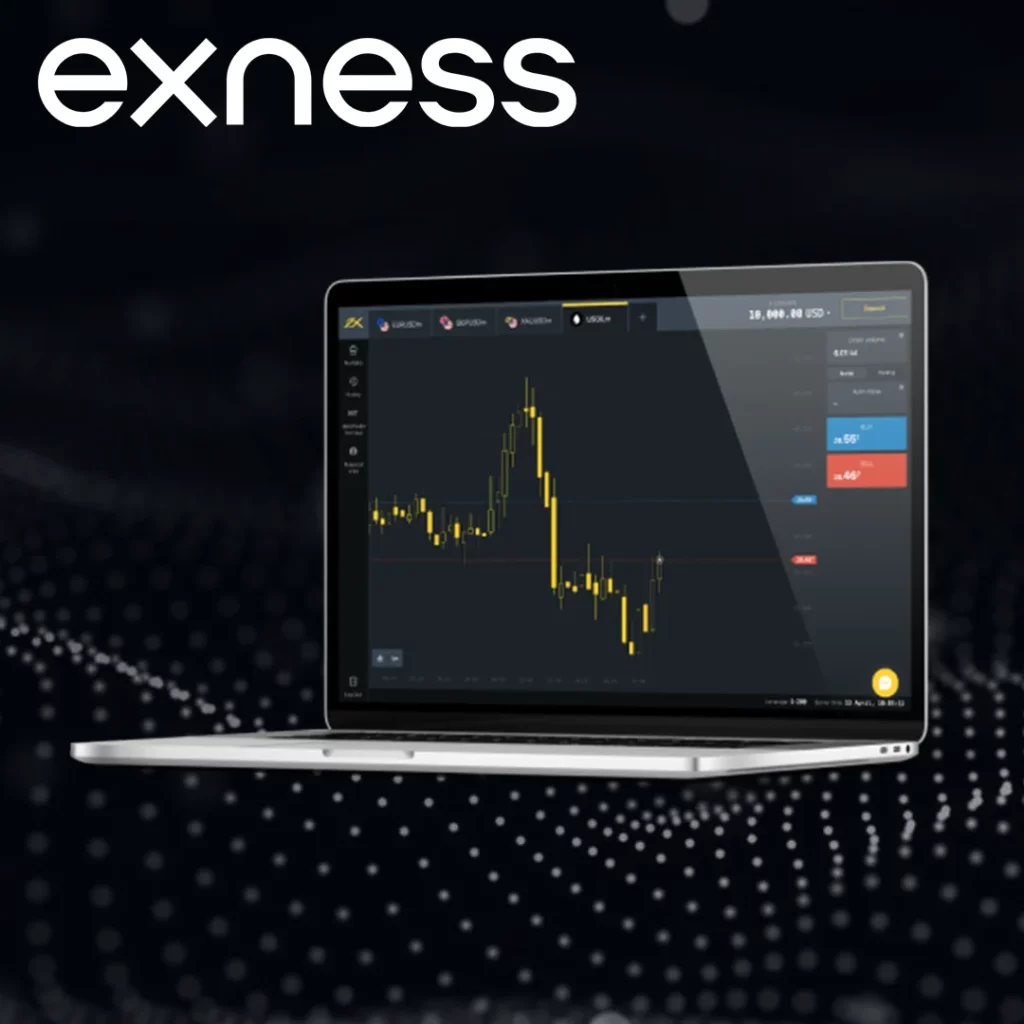The global financial market operates around the clock, but not without interruptions. Scheduled holidays affect trading hours across major asset classes, including forex, commodities, indices, and equities. For traders using Exness, knowing when markets are closed or running on reduced hours is essential for accurate planning and risk management.
Why the Holiday Schedule Matters
Ignoring trading breaks can lead to unnecessary risks. During reduced hours or closures, liquidity often decreases, spreads may widen, and price gaps at reopening can affect open positions. A clear understanding of the Exness holiday trading schedule allows traders to:
- Prepare strategies around days of limited activity.
- Adjust pending orders to reflect reduced liquidity.
- Protect capital against volatility caused by reopening gaps.
- Avoid frustration from failed order execution during closed sessions.

Typical Holiday Closures Across Markets
Different instruments observe different holidays. For instance, forex trading may continue even if the stock market is closed, but liquidity can still drop significantly. Commodities such as gold, silver, and oil follow U.S. exchange holidays, while indices depend on the trading calendar of the specific exchange.
Common Global Market Closures
| Holiday | Major Impacted Instruments | Notes |
| New Year’s Day | Forex, Metals, Indices, Energies | Almost all markets closed |
| Good Friday | Indices, Metals, Energies | Reduced hours in forex |
| U.S. Independence Day | Metals, Energies | Limited activity in NY session |
| Christmas Day | Forex, Metals, Indices, Energies | Global closure |
Traders should always cross-check the official Exness trading calendar, since opening hours vary depending on the asset type.
How Exness Publishes Holiday Trading Hours
Exness typically updates its holiday trading schedule well in advance, making it available directly on the trading platform and official website. The schedule lists changes for each instrument, specifying:
- Complete Closures – when no trading is possible.
- Early Closures – markets shutting earlier than usual.
- Late Openings – delayed start of sessions after major holidays.
This transparency allows traders to prepare for reduced liquidity and adjust stop-loss or take-profit levels accordingly.
Practical Tips for Trading Around Holidays

Planning ahead is key when markets slow down or close entirely. While some traders choose to pause activity, others adapt their approach. The following methods help reduce unnecessary exposure and improve decision-making:
- Check the Schedule Weekly: Review the Exness holiday trading calendar at the start of each week. Knowing upcoming closures helps avoid last-minute changes to open positions.
- Adjust Lot Sizes: Liquidity can dry up quickly during reduced sessions. Smaller lot sizes minimize exposure to price spikes caused by thin order books.
- Protect Open Positions: Use stop-loss and take-profit orders before holidays. Price gaps are common when markets reopen, especially in indices and commodities.
- Avoid Overtrading: Reduced volatility might tempt traders to open multiple positions. It is more effective to wait for normal conditions to return than to chase small moves.
- Use Pending Orders Wisely: Pending orders set before market closures should be reviewed. Slippage during illiquid conditions can lead to unexpected entry points.
Example of Adjusted Trading Hours
Holiday schedules vary, but below is a simplified table showing how forex, metals, and indices may be affected during U.S. Independence Day and Christmas:
| Instrument Group | Normal Hours (GMT+0) | Independence Day | Christmas Day |
| Forex Pairs | 24 hours, Mon–Fri | Normal | Closed |
| Metals (Gold, Silver) | 01:05 – 23:55 | Early Close 20:00 | Closed |
| Indices (US30, US500) | 01:05 – 23:15 | Early Close 18:00 | Closed |
| Energies (Oil, Natural Gas) | 01:05 – 23:00 | Early Close 19:30 | Closed |
This table is only an example. Each year, Exness updates exact timings, which should be checked directly in the trading platform.
Managing Risk During Market Reopenings
The first few hours after a holiday closure often show sharp moves due to accumulated orders. Traders can handle this period more effectively by:
- Monitoring spreads before entering a position.
- Avoiding market orders immediately after reopening; instead, use limit orders.
- Watching correlated assets such as USD pairs and gold during U.S. holidays.
- Tracking news releases timed around holidays, as these can create unexpected volatility.
An additional technique is to analyze past holiday sessions. Historical price data shows how assets behaved under similar conditions, giving clues for future patterns.
Practical Scenarios for Traders
Holiday trading is not only about reduced hours; it also changes price behavior. A few real-world scenarios illustrate what to expect:

- Gold Before Christmas: Liquidity thins, spreads widen, and sudden spikes occur even on minor news.
- Forex During Good Friday: Pairs involving USD and EUR may show lower volume, making technical signals less reliable.
- Oil Around Independence Day: Volatility decreases, but sudden moves occur if unexpected news hits the energy market.
These scenarios highlight why preparation is more valuable than chasing opportunities in unstable conditions.

Trade with a trusted broker Exness today
See for yourself why Exness is the broker of choice for over 800,000 traders and 64,000 partners.
FAQs
Where can traders find the official Exness holiday schedule?
It is published on the official website and inside the trading platform under market updates. The schedule is updated in advance for all asset classes.



